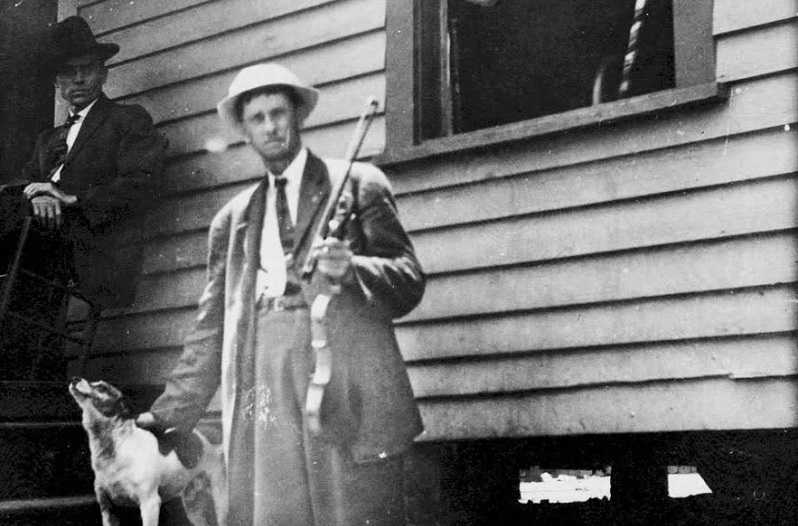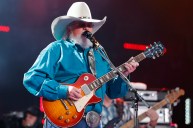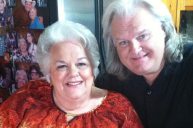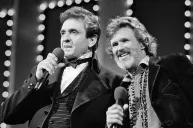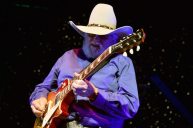Over eight years of hard work by documentary filmmaker Ken Burns and his co-producers Dayton Duncan and Julie Dunfey culminated last night (Sept. 15) when the premiere episode of the eight-part docu-series Country Music aired nationwide on PBS.
Videos by Wide Open Country
Episode one, The Rub, lays out the international, multi-racial and urban roots of what's wrongly considered an exclusively Southern, white and rural art form.
As will be the case with the remaining seven episodes, the first two hours of a 16-and-a-half-hour series builds off historic anecdotes viewers might not have heard (or at least heard in the context of Burns' narrative), as told by 101 artists, producers and industry insiders.
Read on for five quick observations from a well-researched deep dive into the buildup to the 1927 Bristol Sessions: a "big bang" for commercially viable country music.
Burns' Story Begins in Atlanta
The idea that country music took shape in the home city of high-wattage radio station WSB and fiddling champion turned recording star Fiddlin' John Carson is hardly new. Wayne W. Daniel established a similar narrative in his book Pickin' on Peachtree--a must-read for fans of this episode. That said, it's still surreal to tune in to PBS and learn that Burns' story begins somewhere other than the twin cities of Bristol, Tennessee and Virginia.
Younger Artists Tell the Oldest Stories
A series reliant on the input of Brenda Lee, the late Merle Haggard and other legends turned to some of its youngest narrators to explain the music that informed Fiddlin' John, the Carter Family and Jimmie Rodgers. Kathy Mattea's memories from working at the Country Music Hall of Fame and Ketch Secor of Old Crow Medicine Show's knowledge of fiddle and banjo tunes best depict the origins of country and roots music.
Charlie Daniels' Surprising Take on the Fiddle vs. Violin Debate
In a clip circulated over the summer, Daniels explains how he learned that he's not so different from classically-trained violinists.
"I went to see Itzhak Pearlman at the Opera House in Nashville, and somebody took me backstage before the show," Daniels recalls. "I said, 'Hi, Mr. Pearlman. I'm Charlie Daniels. I'm a fiddle player.' He said, 'We are all fiddle players.'
"So it's like, if Itzhak Pearlman is a fiddle player, I'm proud to be associated with the fiddle," Daniels adds.
The "Barn Dance" Narrative Begins in Chicago, Not Nashville
While the Grand Ole Opry unquestionably reigns as the most influential program from back when live radio dictated widespread stardom, Burns' team points out that WLS-AM in Chicago's National Barn Dance predated WSM's crown jewel. In fact, it would easily be argued that Chicago's bustling country music scene in the 1920's and beyond deserved even more credit in this and future episodes.
Bonnie Parker of Bonnie and Clyde Infamy Loved Jimmie Rodgers' Music
This might be nothing more than an urban legend, but it's believable enough because of Rodgers' widespread fame. Rodgers was Parker's favorite singer, and she allegedly bought all of The Singing Brakeman's hit records with money she and Clyde Barrow stole from banks, small businesses and gas stations. Stories like this and Henry Ford's attempts to usurp the popularity of jazz by supporting fiddling competitions tie the roots of country music to widely-known historic figures.
Now Watch: 10 Legendary Instruments of Country Music
https://rumble.com/embed/u7gve.v43t3h/
